Entry Category: Buildings - Starting with B
 Baker House
Baker House
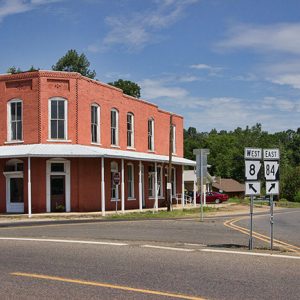 Bank of Amity Building
Bank of Amity Building
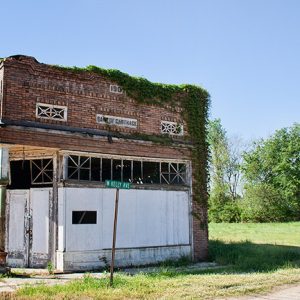 Bank of Carthage
Bank of Carthage
Bank of Carthage
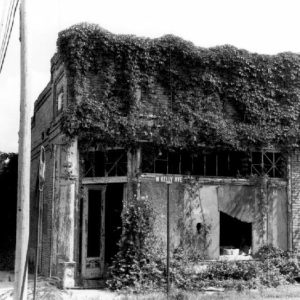 Bank of Carthage
Bank of Carthage
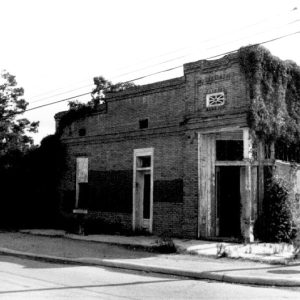 Bank of Carthage
Bank of Carthage
 Bank of Carthage
Bank of Carthage
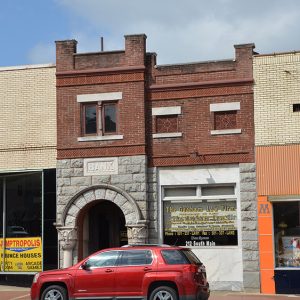 Bank of Malvern
Bank of Malvern
Bank of Malvern Building
 Bank of Malvern Founding
Bank of Malvern Founding
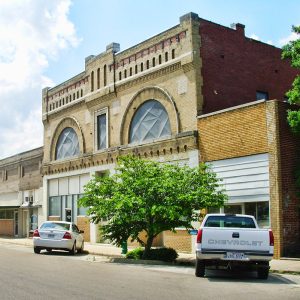 Bank of Osceola
Bank of Osceola
 Banks Home
Banks Home
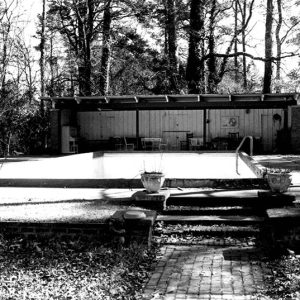 Banks Swimming Pool
Banks Swimming Pool
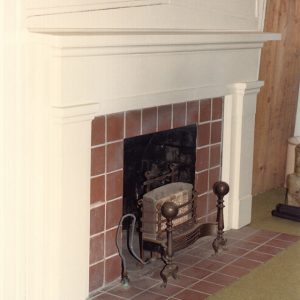 Barkman House
Barkman House
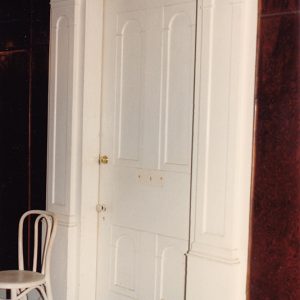 Barkman House Interior Door
Barkman House Interior Door
 Barkman House Staircase
Barkman House Staircase
 James E. M. Barkman House Exterior Door
James E. M. Barkman House Exterior Door
Barron-Craig House
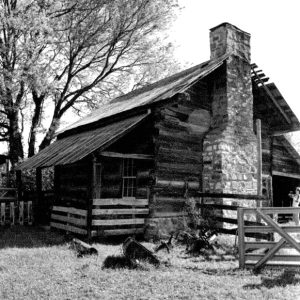 Barron-Craig House
Barron-Craig House
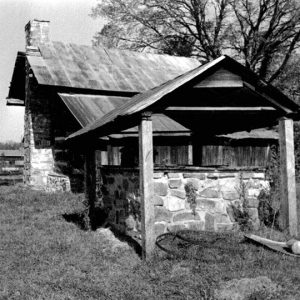 Barron-Craig House
Barron-Craig House
 Barron-Craig House
Barron-Craig House
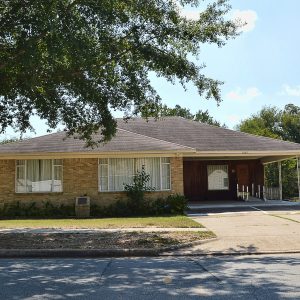 L. C. and Daisy Bates Museum
L. C. and Daisy Bates Museum
 Batesville Limestone
Batesville Limestone
Bathhouse Row
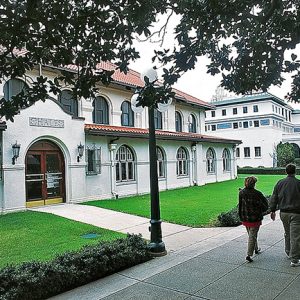 Bathhouse Row
Bathhouse Row
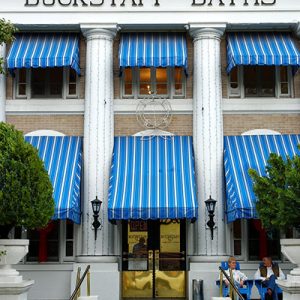 Buckstaff Bathhouse
Buckstaff Bathhouse
 Bathhouse Row Plan
Bathhouse Row Plan
Baxter County Courthouse
Beebe Jail
Beely-Johnson Post 139 American Legion Hut
Bellingrath House
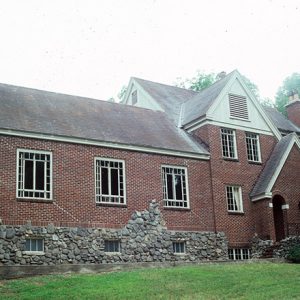 Bellingrath House
Bellingrath House
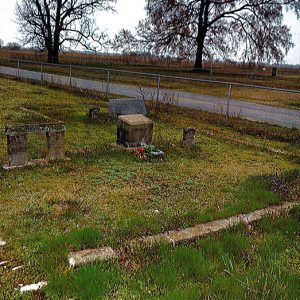 Belmont Cemetery
Belmont Cemetery
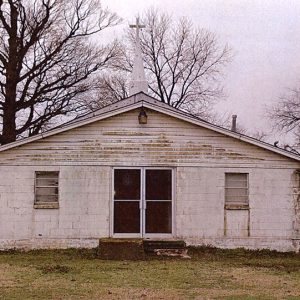 Belmont Church
Belmont Church
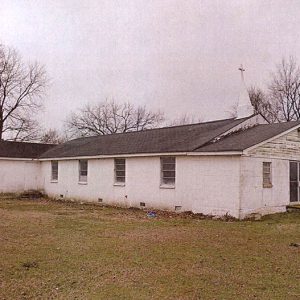 Belmont Missionary Baptist Church
Belmont Missionary Baptist Church
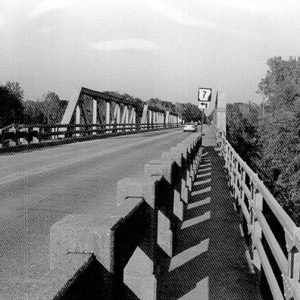 Ben Laney Bridge
Ben Laney Bridge
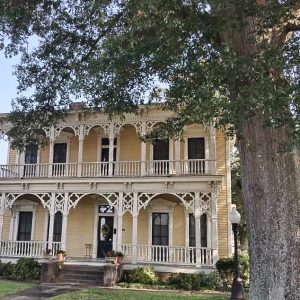 Benjamin Clayton Black House
Benjamin Clayton Black House
Benjamin Clayton Black House
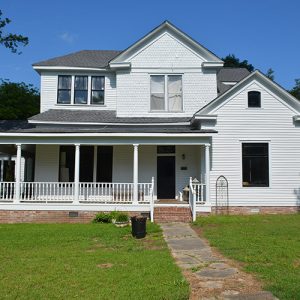 Bennett House
Bennett House
Bennett House
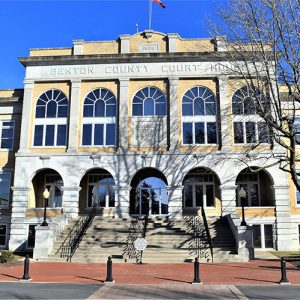 Benton County Courthouse
Benton County Courthouse
Benton County Courthouse
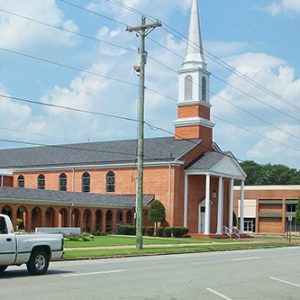 Benton Methodist Church
Benton Methodist Church
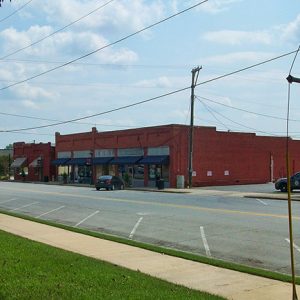 Benton Street Scene
Benton Street Scene
 Berger-Graham House
Berger-Graham House
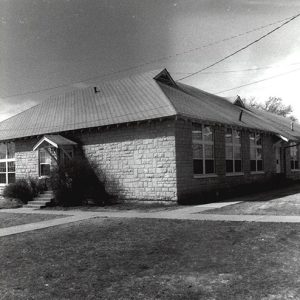 Berryville Agricultural Building
Berryville Agricultural Building
Berryville Agricultural Building
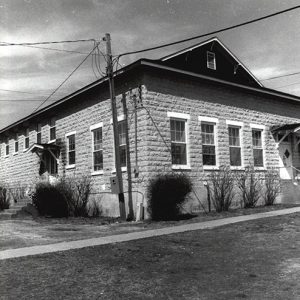 Berryville Gymnasium
Berryville Gymnasium




